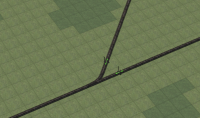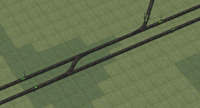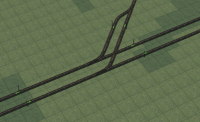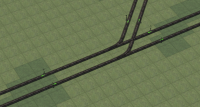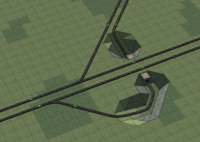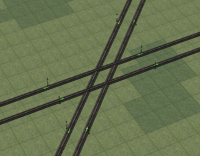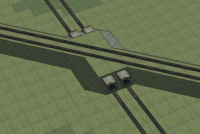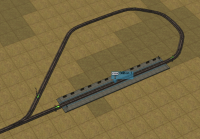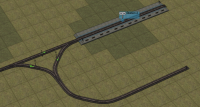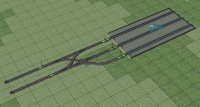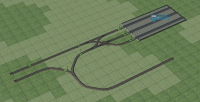Game Manual
- Basics
- Game content
- Infrastructure
 Railways
Railways
- Signals
- Junctions
 Roadways
Roadways Airports
Airports Landscaping
Landscaping Electrification
Electrification
- Vehicles
All the exaples below have the basic signaling shown on the images, better signalling positions can improve their preformance if nessesary.
Y Junctions
Y-Junctions act as a convergence or divergence points between two routes on a railway line. Simple solutions tend to work well, but tend to have significant drawbacks when used at high capacity.
Crossings
These are for locations on the tracks where two lines must cross over each other, with no tracked connection between the two.
Terminus Junctions
These are a selection of junctions that go at the end of a railway line, these are deigned for both high capacity and the ability to turn the trains arround to prevent the locomotives from reversing on their return journey.
